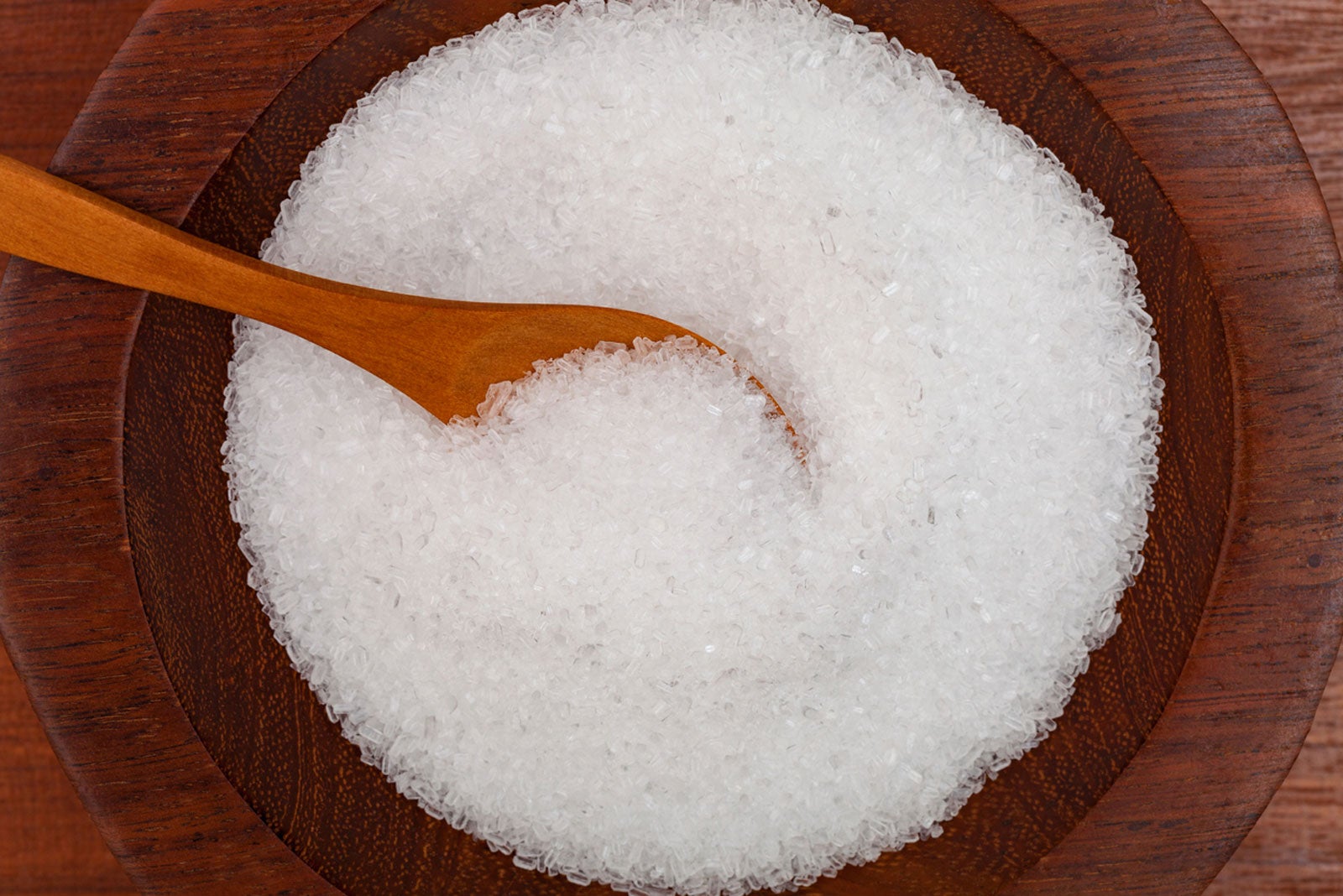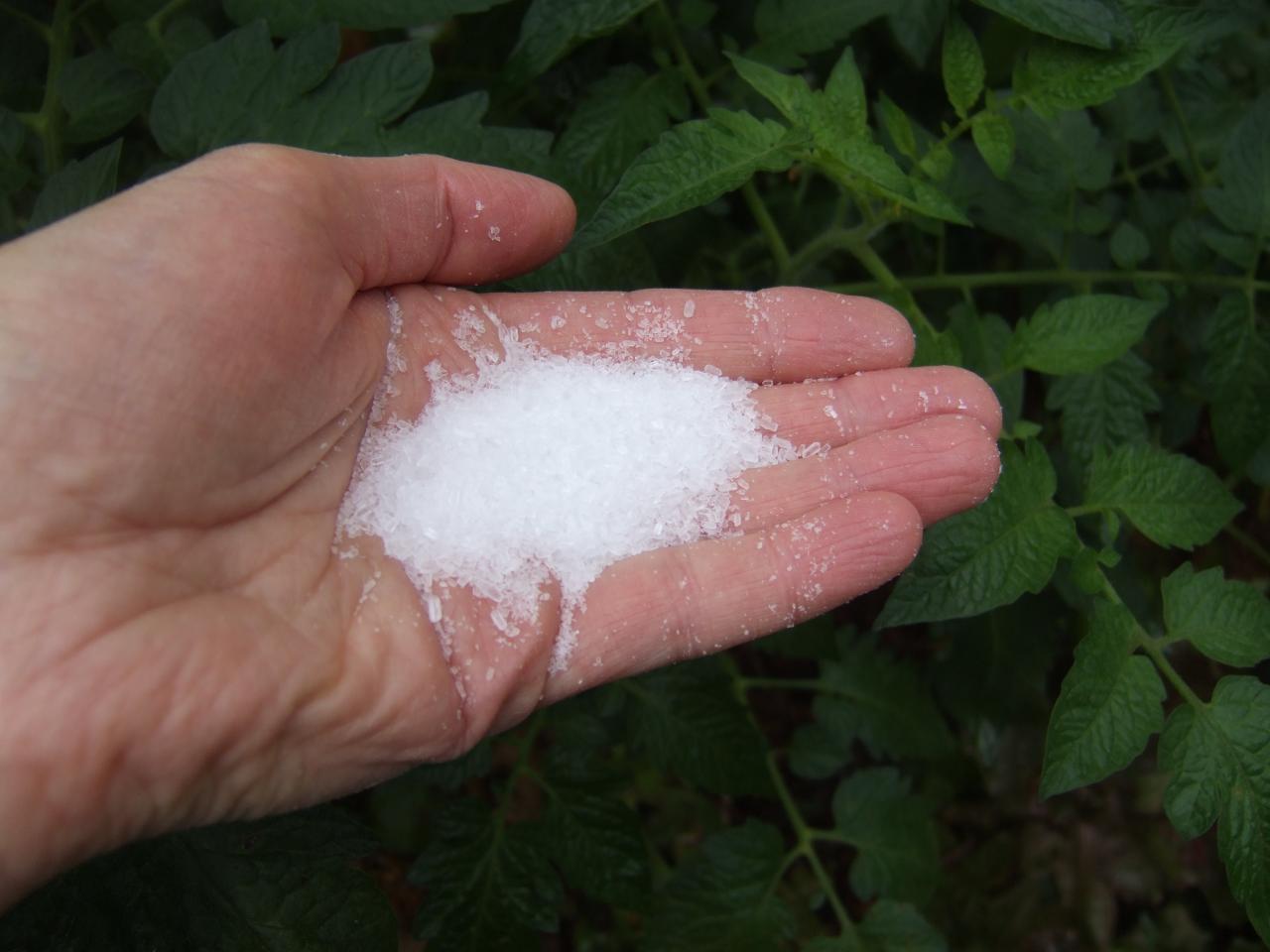Yard Mistakes: What Plants Don't Like Epsom Salt and Exactly How to Prevent Them
Yard Mistakes: What Plants Don't Like Epsom Salt and Exactly How to Prevent Them
Blog Article
Discover the Particular Plants That Are Detrimentally Affected by Epsom Salt Application
Epsom salt, a preferred house solution for different horticulture woes, is frequently praised for its advantageous results on plant growth. Understanding the specific plants that can be adversely affected by Epsom salt is crucial for any type of garden enthusiast looking to enhance their plant care routine.
Roses

Roses, specifically conscious adjustments in their atmosphere, can be negatively impacted by the application of Epsom salt. While Epsom salt is frequently used as a fertilizer to advertise plant development and improve blooming, roses are one of the plants that do not react well to its application. The high magnesium material in Epsom salt can conflict with the uptake of various other crucial nutrients by the rose plants, causing deficiencies that show up as yellowing leaves or stunted development.

Tomatoes
While Epsom salt is usually proclaimed as a treatment for different plant issues, consisting of bloom end rot in tomatoes, its application can lead to destructive end results if not utilized sensibly. Excessive Epsom salt, which is magnesium sulfate, can interfere with the fragile nutrient equilibrium needed by tomatoes, potentially leading to shortages in other vital nutrients like calcium. When taking into consideration the use of Epsom salt on tomatoes, it is critical to stick to suggested application prices and dirt screening to avoid unintended effects on the general health and performance of these precious yard plants.
Peppers
Peppers, respected for their various shades and levels of spiciness, can demonstrate vulnerability to unfavorable impacts from Epsom salt when not used with care and factor to consider for their particular nutritional needs. what plants don't like epsom salt. Peppers, belonging to the Solanaceae family members, need a fragile balance of nutrients to grow. While Epsom salt is understood to increase magnesium degrees in plants, extreme application can interrupt this balance, bring about negative effects on pepper plants
When peppers are subjected to high degrees of magnesium from Epsom salt, it can interfere with the plant's capacity to take in various other vital nutrients like calcium and potassium. This imbalance may show up in signs such as fallen leave discoloration, stunted growth, and reduced fruit manufacturing. Additionally, the too much magnesium can alter the dirt pH, further aggravating nutrient uptake problems for peppers.

Rhododendrons
Offered the sensitivity of specific plant varieties to inequalities caused by Epsom salt, it is vital to consider the effect on Rhododendrons, which additionally call for specific nutrient levels to flourish. Rhododendrons are acid-loving plants that like acidic dirt problems with a pH range between 4.5 and 6.0. Epsom salt, chemically understood as magnesium sulfate, can change the dirt pH and interfere with the delicate balance of nutrients vital for Rhododendron wellness.

To maintain the optimum development and health of Rhododendrons, it is essential to prevent the indiscriminate use Epsom salt and rather concentrate on providing the details acidic dirt conditions and nutrients that these plants require for flourishing.
Azaleas
These popular flowering plants are typically located in landscapes, parks, and gardens due to their charm and flexibility. While Epsom salt is generally used as a treatment for magnesium shortage in plants, its application to azaleas can have unfavorable impacts.
When Epsom salt is put on azaleas, it can change the dirt pH, making it more acidic. Azaleas like a little acidic soil conditions, and an extra of magnesium from Epsom salt can disrupt this find balance, resulting in nutrient inequalities and potential toxicity problems. The inaccurate application of Epsom salt can cause stunted development, yellowing of leaves, and general decrease in the wellness of azaleas. For that reason, it is vital to be mindful when taking into consideration the use of Epsom salt on azaleas to avoid any negative repercussions on these delicate decorative bushes.
Conclusion
Finally, it is important to be familiar with the specific plants that can be adversely affected by the application of Epsom salt. Roses, tomatoes, peppers, azaleas, and rhododendrons are Going Here some instances of plants that may not gain from Epsom salt and can also endure harm. It is important to study and understand the requirements of each plant varieties before using Epsom salt as a plant food to ensure their health and wellness and health.
Understanding the particular plants that can be negatively influenced by Epsom salt is critical for any kind of garden enthusiast looking to optimize their plant care routine. While Epsom salt is frequently made use of as a fertilizer to advertise plant growth and improve blooming, roses are one of the plants that do not react well to its application.Too much use of Epsom salt can also result in a build-up of salts in the soil, leading to root damages and dehydration of the rose plants. While Epsom salt is known to increase magnesium levels in plants, extreme application can interrupt this stability, leading to damaging impacts Recommended Site on pepper plants.
The high salt content in Epsom salt can also dehydrate Rhododendron roots, creating more stress and damage to the plant. (what plants don't like epsom salt)
Report this page